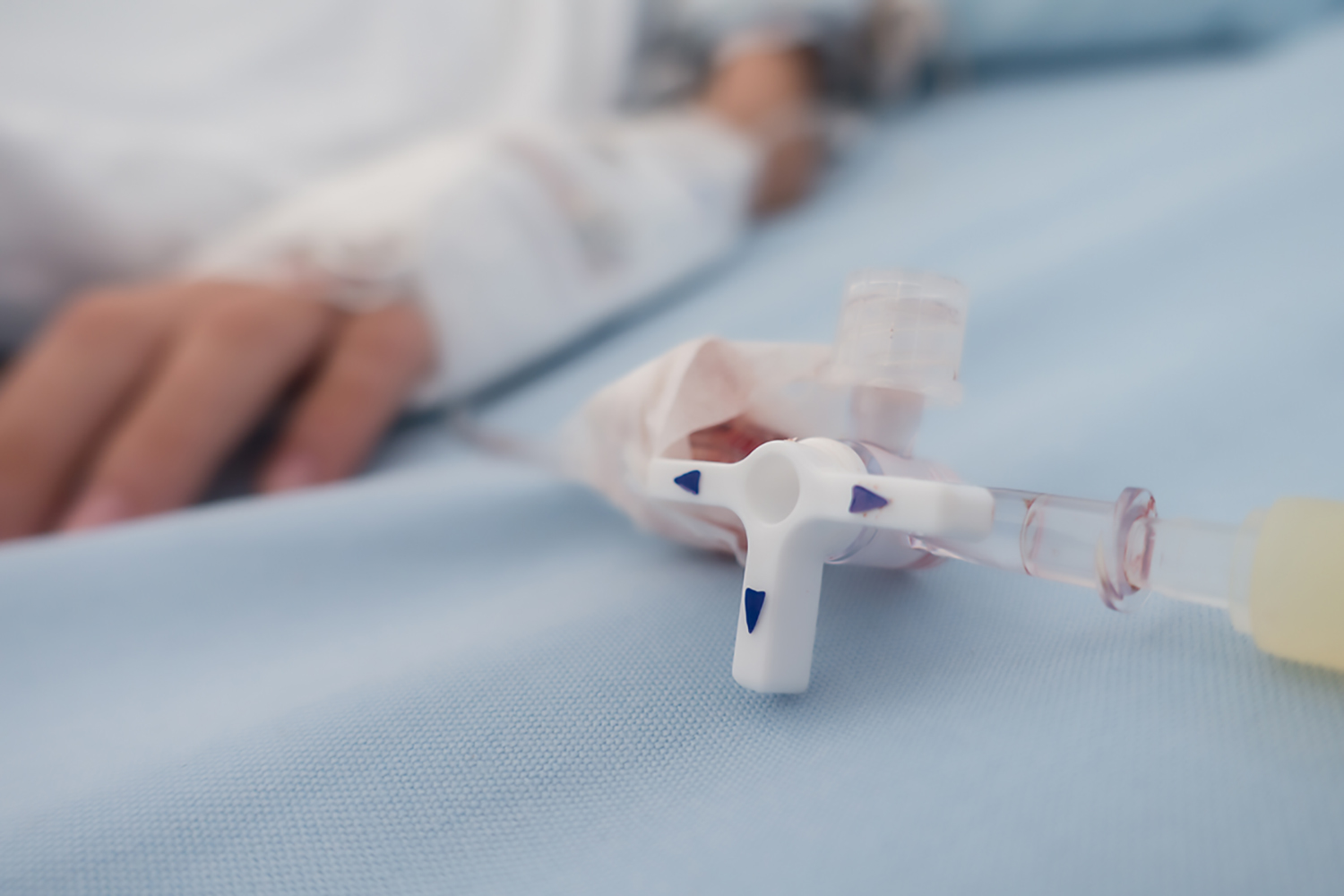3 Compelling Reasons for Using an Infusion Port Manifold
In the dynamic landscape of healthcare, the quest to optimize operational efficiency and enhance patient safety remains a paramount concern. A pivotal aspect in this pursuit is the strategic management of costs, particularly within operations, infection control, and supply chain. Addressing soft costs, such as those incurred through the repetitive assembly of stopcocks on secondary lines, holds a key to unlocking considerable gains in both time and resources.
Asset Medical FlowArt® infusion port manifolds are a solution poised to streamline fluid delivery. Beyond merely reducing costs, these versatile devices may provide simplified operations, help to reduce risk of HA-BSI and are adaptable across various clinical settings.
Let’s delve deeper into how embracing infusion port manifolds may help reduce infection risk but also serve as a strategic cost-saving measure.
Nursing Costs
Reducing soft costs can greatly improve operational efficiency in any department. The repeated effort of building and rebuilding gangs of stopcocks on secondary line assemblies takes valuable time away from nurses. Nurses know that the use of stopcocks on secondary lines brings a certain risk of leakage and breakage. The additional risk of stopcocks being left partially open or not fully closed can be a source of concern when it comes to patient safety. Moving to a safer, simpler, and more versatile infusion port manifold can alleviate many of these issues. These fluid delivery systems offer convenient designs, configured to simplify the delivery of medications.
Infection Costs
Reducing the rate of healthcare-associated infections (HAI), like central line-associated bloodstream infections (CLASBI), are always a priority for clinicians and infection-control specialists alike. Complicated stopcock gang assemblies increase line manipulation rates and the risk of error. The use of an infusion port manifold can help to create a more controlled and aseptic area in which clinicians can provide quality care. Manifolds with swabbable needleless connectors provide engineering controls that isolate or reduce the hazard of bloodborne pathogen exposure from the workplace. Some infusion manifolds that meet the requirements for mainline incorporation can further reduce costs by decreasing the frequency they need to be changed.
Supply Costs
Finding an infusion port manifold product that is versatile enough to be used across multiple hospital departments can have numerous benefits from an administrative standpoint. Hypothetically, a manifold that can be attached in a pre-operative setting, utilized in an OR environment, and then stay attached in an ICU could greatly reduce overall costs. Essentially, you can adapt their use to your clinical demands from OR to patient’s room, without the need to change the set. Additionally, a manifold’s ability to stay attached for more than 24 hours without the need to be changed or reassembled can reduce additional cost and waste throughout a patient’s stay.
While policies and procedures differ by hospital setting and protocols, reducing infection rates and improving nursing staff satisfaction are two huge wins for any organization. Not only does it directly benefit patients’ safety and quality of care, but it also can have a significant impact on the financial bottom line as well.

